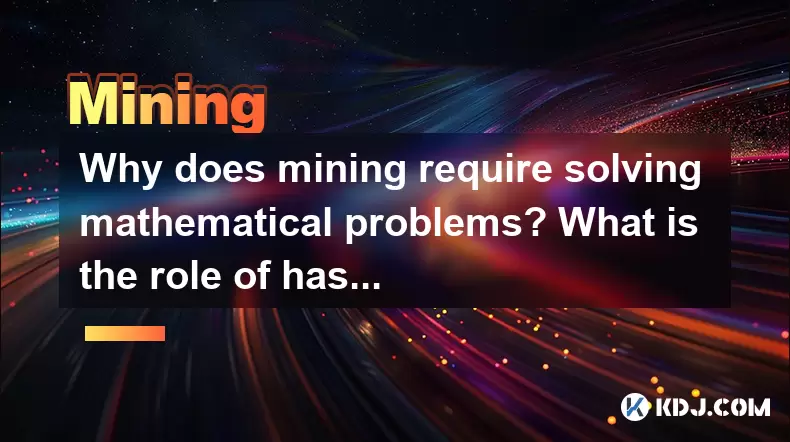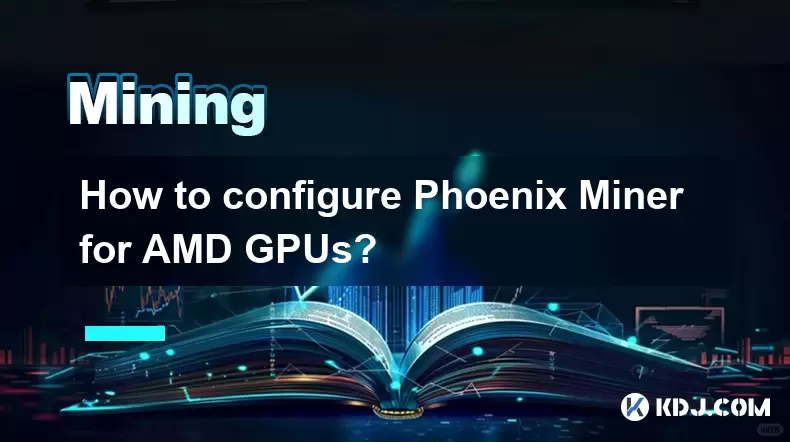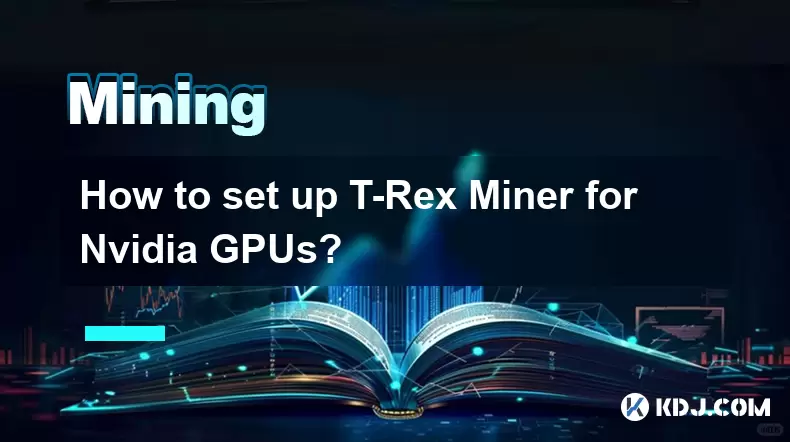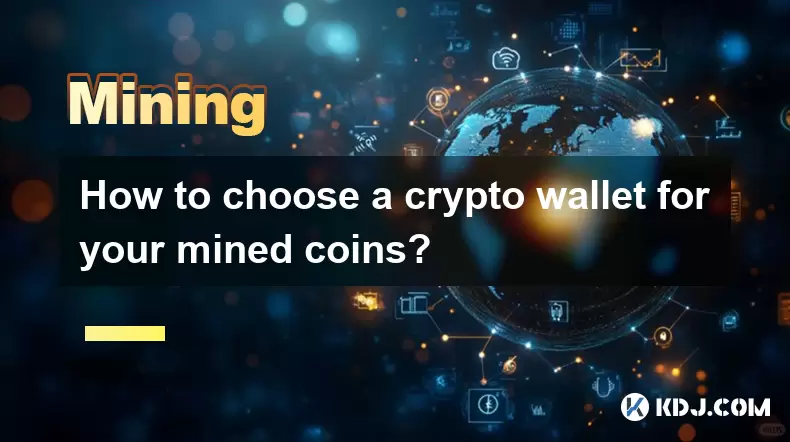-
 Bitcoin
Bitcoin $117600
0.25% -
 Ethereum
Ethereum $4424
0.10% -
 XRP
XRP $3.101
0.50% -
 Tether USDt
Tether USDt $1.001
-0.01% -
 BNB
BNB $836.2
1.26% -
 Solana
Solana $188.8
2.11% -
 USDC
USDC $1.000
0.01% -
 Dogecoin
Dogecoin $0.2301
0.57% -
 TRON
TRON $0.3485
-1.00% -
 Cardano
Cardano $0.9209
-1.34% -
 Hyperliquid
Hyperliquid $46.72
-1.19% -
 Chainlink
Chainlink $22.62
4.84% -
 Stellar
Stellar $0.4275
-0.38% -
 Sui
Sui $3.761
1.91% -
 Bitcoin Cash
Bitcoin Cash $586.7
-0.25% -
 Ethena USDe
Ethena USDe $1.001
0.01% -
 Hedera
Hedera $0.2510
2.06% -
 Avalanche
Avalanche $24.21
2.22% -
 Litecoin
Litecoin $119.7
1.07% -
 Toncoin
Toncoin $3.450
1.06% -
 UNUS SED LEO
UNUS SED LEO $9.411
-0.93% -
 Shiba Inu
Shiba Inu $0.00001298
1.20% -
 Uniswap
Uniswap $10.98
3.25% -
 Polkadot
Polkadot $3.961
2.16% -
 Dai
Dai $1.000
0.00% -
 Bitget Token
Bitget Token $4.642
0.95% -
 Cronos
Cronos $0.1514
0.57% -
 Ethena
Ethena $0.7290
3.78% -
 Monero
Monero $254.1
7.69% -
 Pepe
Pepe $0.00001102
2.47%
Why does mining require solving mathematical problems? What is the role of hash calculations?
Mining Bitcoin involves solving complex SHA-256 hash problems to secure the network, validate transactions, and earn rewards, adjusted every 2016 blocks.
May 09, 2025 at 02:29 pm

Mining in the world of cryptocurrencies, particularly Bitcoin, involves a process that is both fascinating and complex. At its core, mining requires solving mathematical problems primarily to secure the network and validate transactions. This process is known as Proof of Work (PoW), and it plays a crucial role in maintaining the integrity and decentralized nature of blockchain networks. The mathematical problems that miners solve are not just random puzzles; they serve a specific purpose in the ecosystem of cryptocurrencies.
The Nature of Mathematical Problems in Mining
The mathematical problems that miners solve are typically hash functions. A hash function is a mathematical algorithm that takes an input (or 'message') and returns a fixed-size string of bytes, typically used to represent a checksum of the original data. In the context of Bitcoin mining, the problem involves finding a hash that meets certain criteria. Specifically, miners need to find a hash that is below a certain target value, which is adjusted every 2016 blocks or approximately every two weeks.
The hash function used in Bitcoin is SHA-256 (Secure Hash Algorithm 256-bit). This function takes a block of data, including transaction data and a nonce (a number used only once), and produces a 256-bit hash. The challenge for miners is to find a nonce that, when combined with the other data in the block, results in a hash that meets the network's difficulty target. This process is what is meant by solving mathematical problems in mining.
The Role of Hash Calculations in Mining
Hash calculations are the backbone of the mining process. They are what miners are constantly performing in their quest to solve the mathematical problems required to mine a block. The role of hash calculations is multifaceted:
Security: Hash calculations ensure that the blockchain is secure. Each block's hash is dependent on the data within the block, including the hash of the previous block. This creates a chain of blocks where altering any single block would require recalculating all subsequent blocks, a computationally infeasible task.
Verification: Hash calculations allow nodes on the network to verify the integrity of the blockchain. By recalculating the hash of a block, nodes can confirm that the block has not been tampered with.
Consensus: The difficulty of the hash calculations ensures that the network reaches consensus on the state of the blockchain. Miners compete to solve the hash puzzle, and the first to find a valid hash gets to add the block to the blockchain and claim the reward.
Distribution of Rewards: The randomness and difficulty of hash calculations ensure that the mining rewards are distributed fairly among participants. No single miner can predict or control which hash will be valid, making the process decentralized.
How Miners Solve Mathematical Problems
Miners use specialized hardware, known as Application-Specific Integrated Circuits (ASICs), to perform hash calculations at a high speed. The process of solving mathematical problems involves the following steps:
Gather Transaction Data: Miners collect a set of unconfirmed transactions from the memory pool (mempool) of the network.
Create a Block Header: Miners construct a block header, which includes the version number, the hash of the previous block, the Merkle root of the transactions, the timestamp, the target difficulty, and the nonce.
Calculate the Hash: Miners use the SHA-256 algorithm to calculate the hash of the block header. If the resulting hash is not below the target difficulty, miners increment the nonce and try again.
Repeat Until Success: This process is repeated millions or billions of times until a miner finds a hash that meets the criteria. The first miner to find a valid hash broadcasts the block to the network, and other nodes verify the block before adding it to the blockchain.
The Importance of Difficulty Adjustment
The difficulty of the mathematical problems miners solve is adjusted periodically to ensure that blocks are added to the blockchain at a consistent rate. The Bitcoin network aims to add a new block approximately every 10 minutes. If blocks are being added too quickly, the difficulty is increased, making the hash calculations more challenging. Conversely, if blocks are added too slowly, the difficulty is decreased.
This adjustment is crucial for maintaining the stability and security of the network. It prevents any single miner or group of miners from dominating the network by increasing their computational power, ensuring that the mining process remains decentralized.
The Economic Incentive of Mining
Mining is not just about solving mathematical problems; it also involves an economic incentive. Miners are rewarded with newly minted bitcoins and transaction fees for each block they successfully mine. This reward system incentivizes miners to continue solving mathematical problems and securing the network.
The reward for mining a block is currently set at 6.25 bitcoins, but this amount is halved approximately every four years in an event known as the halving. This reduction in rewards is part of Bitcoin's design to control inflation and ensure that the total supply of bitcoins never exceeds 21 million.
Frequently Asked Questions
Q: Can anyone participate in mining, or is it limited to those with specialized hardware?
A: While anyone can technically participate in mining, the process has become highly competitive and requires specialized hardware known as ASICs to be profitable. Miners with standard computers or GPUs are unlikely to solve the mathematical problems fast enough to compete with those using ASICs.
Q: How do hash calculations contribute to the energy consumption of mining?
A: Hash calculations are energy-intensive because they require significant computational power. Each attempt to solve the mathematical problem consumes electricity, and the more attempts a miner makes, the more energy is used. This has led to concerns about the environmental impact of Bitcoin mining.
Q: What happens if two miners solve the mathematical problem at the same time?
A: If two miners solve the problem simultaneously, a temporary fork in the blockchain can occur. The network resolves this by accepting the longest chain of blocks. Miners will then build on the longest chain, and the shorter chain becomes orphaned. The miner of the orphaned block does not receive the reward.
Q: Is there a limit to the number of mathematical problems a miner can solve?
A: There is no limit to the number of mathematical problems a miner can attempt to solve. However, the probability of solving a problem is dependent on the miner's hash rate relative to the total hash rate of the network. Miners with higher hash rates have a better chance of solving the problems first.
Disclaimer:info@kdj.com
The information provided is not trading advice. kdj.com does not assume any responsibility for any investments made based on the information provided in this article. Cryptocurrencies are highly volatile and it is highly recommended that you invest with caution after thorough research!
If you believe that the content used on this website infringes your copyright, please contact us immediately (info@kdj.com) and we will delete it promptly.
- Kazakhstan's Crypto Leap: Bitcoin ETF and Central Asia's Digital Finance Future
- 2025-08-13 12:45:19
- BlockDAG Presale Blazes Past $371M: Fundraising Frenzy Fuels Crypto Sensation
- 2025-08-13 13:05:21
- Meme Coins: Chasing the 2025 Surge – Which Will Moonshot?
- 2025-08-13 10:25:23
- Bitcoin's Wild Ride: Rally, Pullback, and What's Next
- 2025-08-13 10:25:23
- Bitcoin, Bitmax, and Institutional Demand: A New Era of Crypto Investment
- 2025-08-13 10:45:12
- Solana, ROAM, and Airdrops: What's the Buzz in 2025?
- 2025-08-13 11:35:13
Related knowledge

How to configure Phoenix Miner for AMD GPUs?
Aug 11,2025 at 03:21am
Understanding Phoenix Miner and Its Compatibility with AMD GPUsPhoenix Miner is a lightweight, high-performance Ethereum mining software designed for ...

How to set up T-Rex Miner for Nvidia GPUs?
Aug 10,2025 at 12:07am
Understanding T-Rex Miner and Its Compatibility with Nvidia GPUsT-Rex Miner is a high-performance mining software designed specifically for Nvidia GPU...

What is "proof-of-work" and how does it relate to mining?
Aug 07,2025 at 02:03pm
Understanding the Concept of Proof-of-WorkProof-of-work (PoW) is a consensus mechanism used in blockchain networks to validate transactions and secure...

How to choose a crypto wallet for your mined coins?
Aug 13,2025 at 11:36am
Understanding the Types of Crypto Wallets for Mined CoinsWhen selecting a crypto wallet for your mined coins, the first step is to understand the diff...

What are the differences between mining on Windows vs. Linux?
Aug 06,2025 at 11:29pm
Overview of Cryptocurrency Mining PlatformsCryptocurrency mining involves using computational power to solve complex cryptographic puzzles and validat...

How to use an old computer for cryptocurrency mining?
Aug 07,2025 at 12:42pm
Understanding the Feasibility of Using an Old Computer for MiningUsing an old computer for cryptocurrency mining may seem outdated, but it is still te...

How to configure Phoenix Miner for AMD GPUs?
Aug 11,2025 at 03:21am
Understanding Phoenix Miner and Its Compatibility with AMD GPUsPhoenix Miner is a lightweight, high-performance Ethereum mining software designed for ...

How to set up T-Rex Miner for Nvidia GPUs?
Aug 10,2025 at 12:07am
Understanding T-Rex Miner and Its Compatibility with Nvidia GPUsT-Rex Miner is a high-performance mining software designed specifically for Nvidia GPU...

What is "proof-of-work" and how does it relate to mining?
Aug 07,2025 at 02:03pm
Understanding the Concept of Proof-of-WorkProof-of-work (PoW) is a consensus mechanism used in blockchain networks to validate transactions and secure...

How to choose a crypto wallet for your mined coins?
Aug 13,2025 at 11:36am
Understanding the Types of Crypto Wallets for Mined CoinsWhen selecting a crypto wallet for your mined coins, the first step is to understand the diff...

What are the differences between mining on Windows vs. Linux?
Aug 06,2025 at 11:29pm
Overview of Cryptocurrency Mining PlatformsCryptocurrency mining involves using computational power to solve complex cryptographic puzzles and validat...

How to use an old computer for cryptocurrency mining?
Aug 07,2025 at 12:42pm
Understanding the Feasibility of Using an Old Computer for MiningUsing an old computer for cryptocurrency mining may seem outdated, but it is still te...
See all articles

























































































